-
Product Name
Anti-NLRC3 antibody
- Documents
-
Description
Rabbit polyclonal antibody to NLRC3
-
Tested applications
WB, ICC, IHC-P, FC
-
Species reactivity
Human, Mouse
-
Alternative names
NOD3 antibody; CLR16.2 antibody
-
Isotype
Rabbit IgG
-
Preparation
This antigen of this antibody was peptide
-
Clonality
Polyclonal
-
Formulation
Liquid, 1*PBS (pH7.4), 0.2% BSA, 50% Glycerol. Preservative: 0.05% Sodium Azide.
-
Storage instructions
Store at +4℃ after thawing. Aliquot store at -20℃ or -80℃. Avoid repeated freeze / thaw cycles.
-
Applications
WB: 1:500-1:2000
ICC: 1:50-1:200
IHC-P: 1:50-1:200
FC: 1:50-1:200
-
Validations
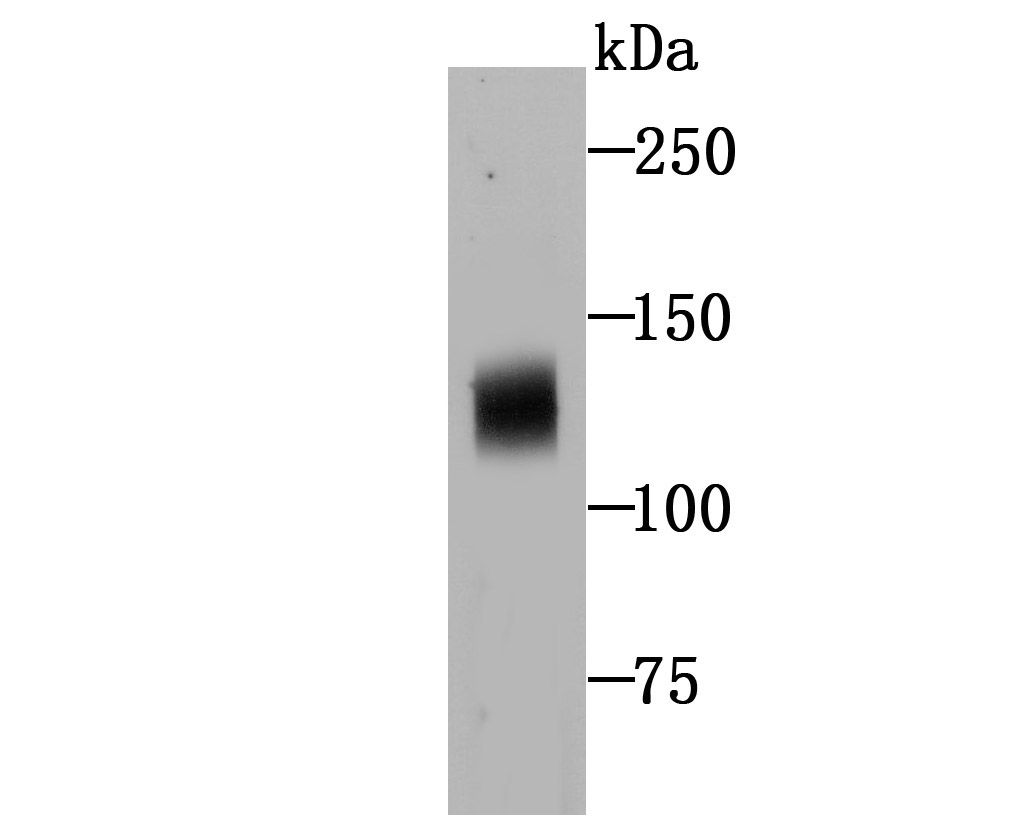
Fig1: Western blot analysis of NLRC3 on human thymus tissue lysates using anti-NLRC3 antibody at 1/500 dilution.
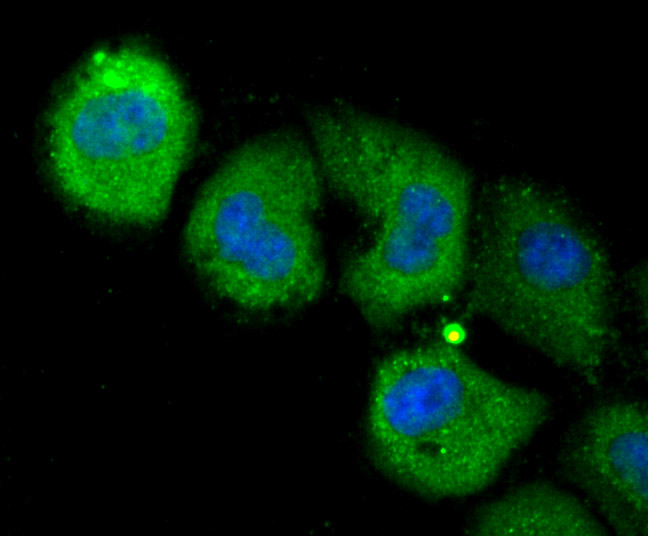
Fig2: ICC staining NLRC3 in HUVEC cells (green). The nuclear counter stain is DAPI (blue). Cells were fixed in paraformaldehyde, permeabilised with 0.25% Triton X100/PBS.

Fig3: ICC staining NLRC3 in MCF-7 cells (green). The nuclear counter stain is DAPI (blue). Cells were fixed in paraformaldehyde, permeabilised with 0.25% Triton X100/PBS.
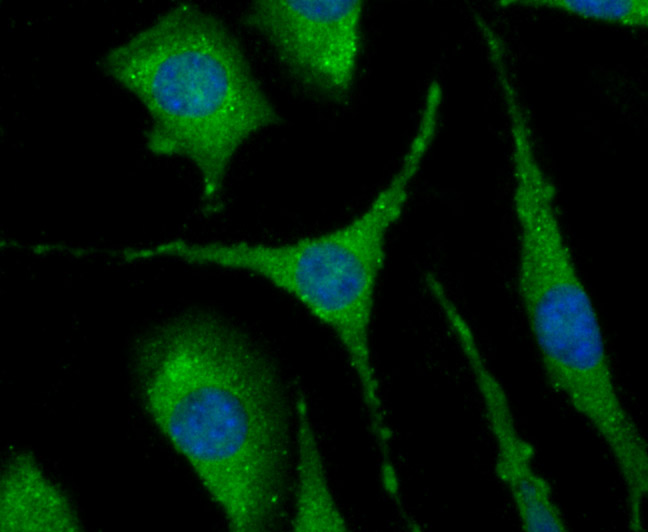
Fig4: ICC staining NLRC3 in SH-SY5Y cells (green). The nuclear counter stain is DAPI (blue). Cells were fixed in paraformaldehyde, permeabilised with 0.25% Triton X100/PBS.
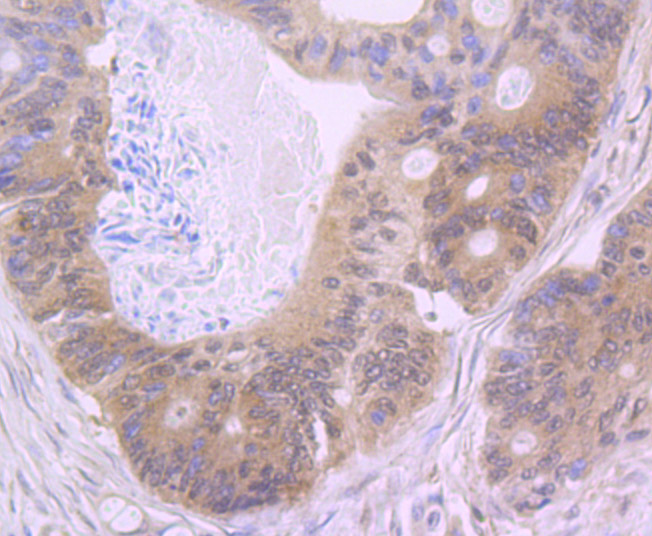
Fig5: Immunohistochemical analysis of paraffin-embedded human colon cancer tissue using anti-NLRC3 antibody. Counter stained with hematoxylin.
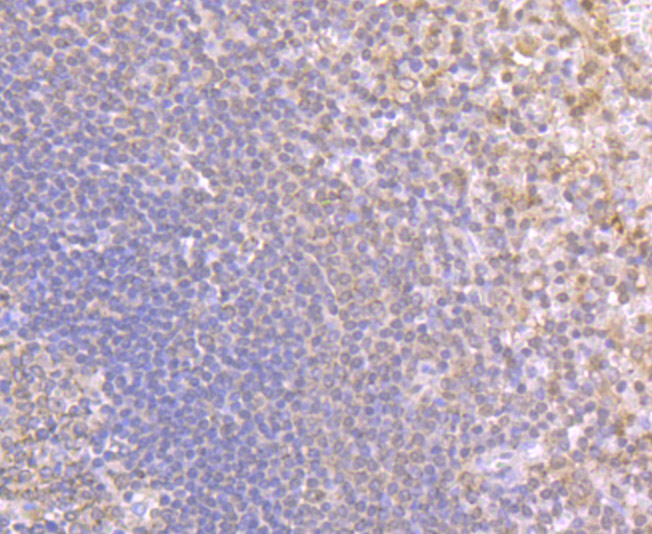
Fig6: Immunohistochemical analysis of paraffin-embedded human spleen tissue using anti-NLRC3 antibody. Counter stained with hematoxylin.

Fig7: Immunohistochemical analysis of paraffin-embedded human tonsil tissue using anti-NLRC3 antibody. Counter stained with hematoxylin.
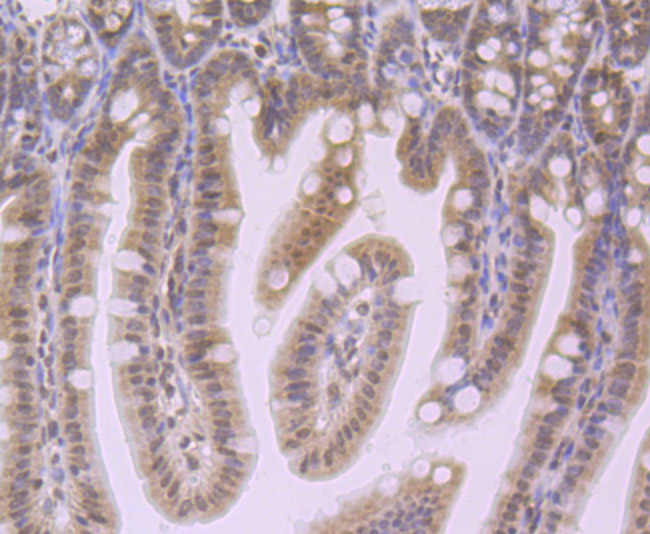
Fig8: Immunohistochemical analysis of paraffin-embedded mouse colon tissue using anti-NLRC3 antibody. Counter stained with hematoxylin.
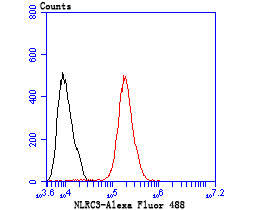
Fig9: Flow cytometric analysis of MCF-7 cells with NLRC3 antibody at 1/50 dilution (red) compared with an unlabelled control (cells without incubation with primary antibody; black). Alexa Fluor 488-conjugated Goat anti rabbit IgG was used as the secondar
- Background
-
References
- Conti BJ et al. CATERPILLER 16.2 (CLR16.2), a novel NBD/LRR family member that negatively regulates T cell function. J Biol Chem 280(18):18375-85 (2005).
- Ting JP et al. The NLR gene family: a standard nomenclature. Immunity 28(3):285-7 (2008).
Related Products / Services
Please note: All products are "FOR RESEARCH USE ONLY AND ARE NOT INTENDED FOR DIAGNOSTIC OR THERAPEUTIC USE"
